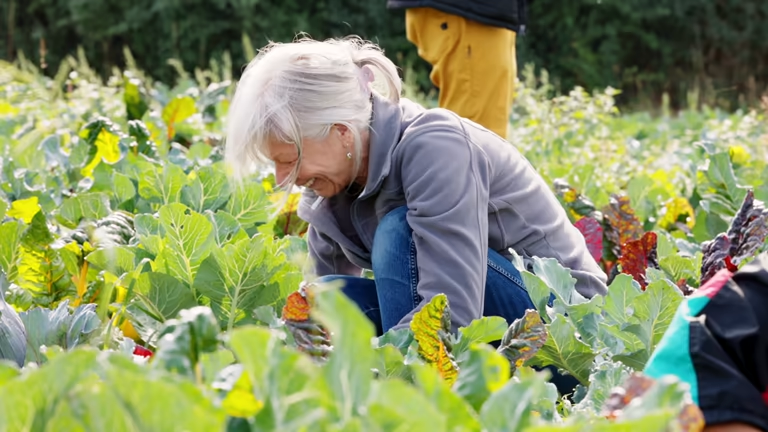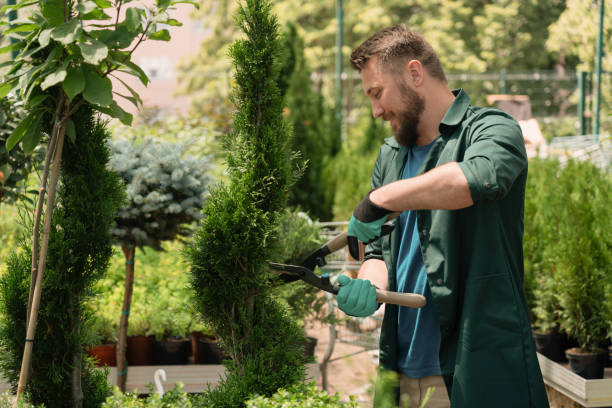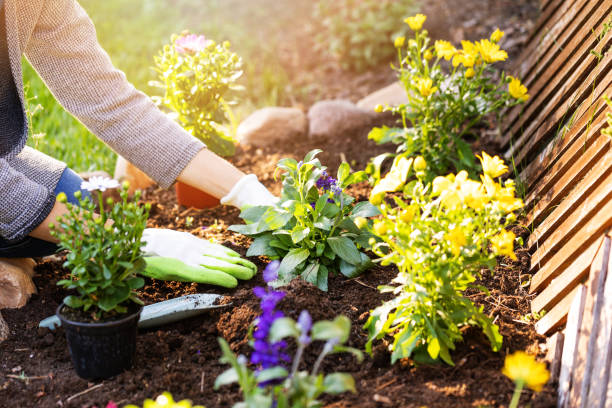The Ultimate Guide to Organic Gardening at Home
Organic gardening is a sustainable and eco-friendly way to grow fresh, healthy produce right in your backyard or even on your balcony. By avoiding synthetic chemicals and focusing on natural methods, you can cultivate a thriving garden that benefits both your health and the environment. Whether you’re a beginner or an experienced gardener, this guide will walk you through the essentials of organic gardening at home.
Why Choose Organic Gardening?
-
Healthier Food – Organic produce is free from harmful pesticides and synthetic fertilizers.
-
Eco-Friendly – Reduces pollution, conserves water, and supports biodiversity.
-
Cost-Effective – Saves money on groceries and reduces food waste.
-
Better Taste – Homegrown fruits and vegetables often taste fresher and more flavorful.
Getting Started with Organic Gardening
1. Choose the Right Location
-
Sunlight: Most vegetables need at least 6-8 hours of sunlight daily.
-
Soil Quality: Ensure well-draining, nutrient-rich soil.
-
Accessibility: Pick a spot that’s easy to water and maintain.
2. Prepare the Soil Naturally
Healthy soil is the foundation of organic gardening. Improve your soil by:
-
Composting: Add kitchen scraps, leaves, and grass clippings to create nutrient-rich compost.
-
Mulching: Use straw, wood chips, or leaves to retain moisture and suppress weeds.
-
Natural Fertilizers: Use organic options like manure, bone meal, or fish emulsion.
3. Select Organic Seeds & Plants
-
Buy certified organic seeds or heirloom varieties.
-
Avoid genetically modified (GMO) seeds.
-
Consider starting seedlings indoors for a head start.
4. Plant Smartly
-
Companion Planting: Grow plants that benefit each other (e.g., basil with tomatoes).
-
Crop Rotation: Prevent soil depletion by rotating crops each season.
-
Proper Spacing: Avoid overcrowding to reduce disease risk.
5. Water Wisely
-
Morning Watering: Reduces evaporation and fungal growth.
-
Drip Irrigation: Conserves water and targets roots directly.
-
Rain Barrels: Collect rainwater for an eco-friendly water source.
6. Natural Pest & Weed Control
-
Beneficial Insects: Attract ladybugs, bees, and praying mantises.
-
Homemade Sprays: Use neem oil, garlic spray, or soap solutions for pests.
-
Hand-Pulling Weeds: Remove weeds before they spread.
7. Harvest & Store Your Produce
-
Pick vegetables at peak ripeness for the best flavor.
-
Store properly (e.g., root vegetables in a cool, dark place).
-
Preserve extras by freezing, canning, or drying.
Easy Organic Plants for Beginners
-
Herbs: Basil, mint, parsley
-
Vegetables: Tomatoes, lettuce, carrots
-
Fruits: Strawberries, blueberries (in containers)
Conclusion
Organic gardening is a rewarding way to grow your own food while protecting the planet. By following these natural practices, you can enjoy fresh, chemical-free produce and contribute to a healthier ecosystem. Start small, experiment, and watch your garden thrive!






